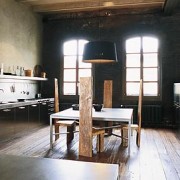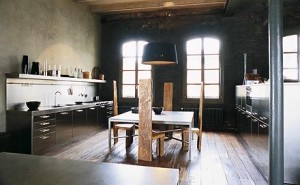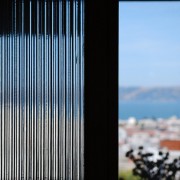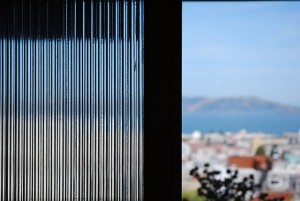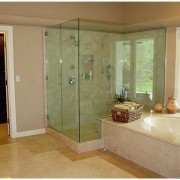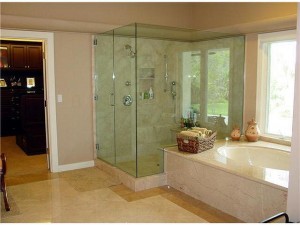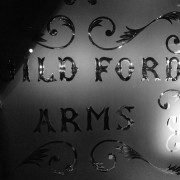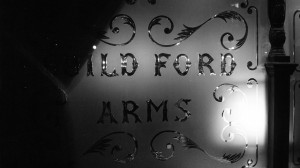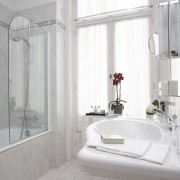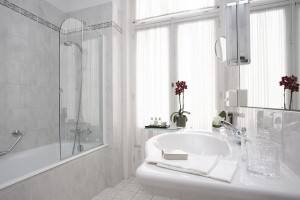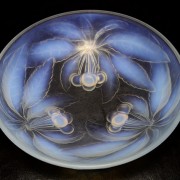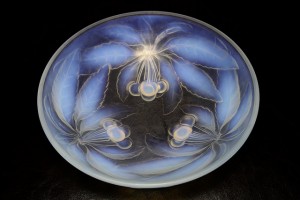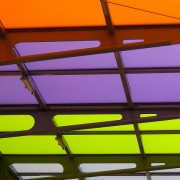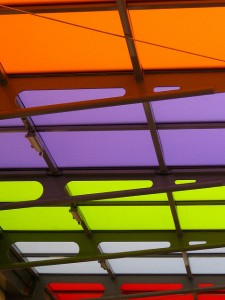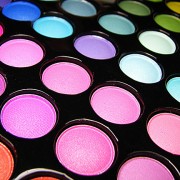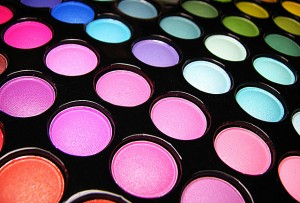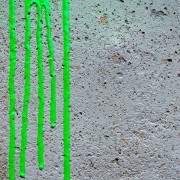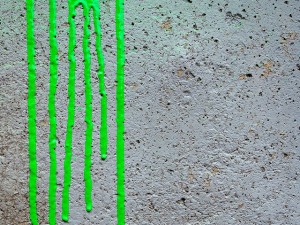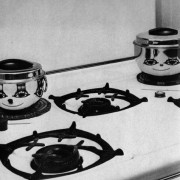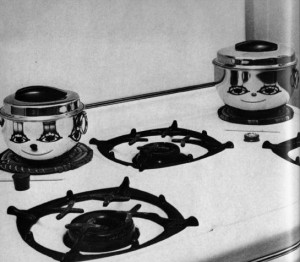Using glass in the industrial look
Done right, pure “industrial chic” produces a warehouse look. The great news is that industrial is flexible and can be combined with a number of complementary features and materials that transform the basic style from raw to polished, from sterile to earthy, or from simple to sophisticated.
Glass is a versatile player in industrial decorating
What can you expect from industrial? Here are a few characteristic traits of the industrial look.
True industrial features open ductwork and exposed pipes. To be honest, there’s nothing attractive about open utilities, except that they offer a great opportunity for decoration. Ductwork can be painted any color, and it can lend a splash of color to an otherwise drab ceiling. Open ductwork can also allow you to take advantage of additional ceiling height. Copper pipes can be polished and sealed to show off their gorgeous natural color. The unfinished nature of industrial can also create decorating opportunities with brick, wood and large wall spaces.
Industrial also allows you to use materials in unorthodox ways. Pipes, metal, glass, wood, brick and other commercial fittings combine to make shelves, stairs, furniture, surfaces and other household items. Variations in metal finishes can add color and texture to the mix.
If you intend to incorporate glass into your industrial design, consider glass countertops, backsplashes and cabinet fronts. As a bonus, you can paint glass with Glassprimer™ glass paint. The paint is designed especially for use with glass, and makes a permanent bond with the glass surface. The permanent bond means that the paint will not peel, chip or fade, even when exposed to direct sunlight.
If you’d like more information about Glassprimer™ glass paint, please visit the rest of our site. If you’d like to purchase Glassprimer™ glass paint, please visit our online store .
Photo Credit: Ed Merritt , via Flickr.com

